How to Learn Plumbing Skills at Home
As National Teacher Appreciation Day approaches tomorrow, May 7th, it's a great time to express gratitude for those who share their knowledge and skills. We're all perpetual students in the classroom of life, continuously learning and evolving. At Austin Plumbery, we believe in empowering our readers with essential plumbing skills, encouraging independence and confidence in tackling household projects. Of course, when it comes to professional help, you can always call Austin Plumbery at (512) 766-1519 to schedule a home visit. Until then, read below to learn about your home’s plumbing system and the essential tools you need at home.
understanding your plumbing system
Before starting any plumbing project, familiarize yourself with the main areas of your home where there are plumbing fixtures. These include the kitchen, bathroom, laundry room, and outdoor spaces. Each area has its own unique set of fixtures, from sinks and toilets to water heaters and outdoor faucets. Safety precautions are crucial, which include: turning off water sources and electricity before starting any work, removing anything combustible near a water heater, and generally keeping plumbing areas clutter-free.
a guide on the essential plumbing tools and how to use them
Equipping your toolbox with essential plumbing tools is the first step towards becoming a proficient home plumber. Here's a shortlist of must-have items:
Adjustable Wrench: Ideal for tightening or loosening nuts and bolts on various plumbing fixtures.
Pipe Wrench: Designed to grip and turn pipes and fittings securely.
Plunger: Essential for clearing clogged drains and toilets.
Teflon Tape: Used for sealing pipe threads to prevent leaks.
Here is how to best use each tool:
Adjustable Wrench: Place the wrench around the nut or bolt to be turned, adjust the wrench size accordingly, and turn in the desired direction until snug.
Pipe Wrench: Position the wrench ‘jaws’ around the pipe or fitting, ensuring a secure grip, and turn clockwise to tighten or counterclockwise to loosen.
Plunger: Create a tight seal over the drain or toilet opening (including covering the overflow hole with a wet rag if working on a sink), push downward, and make a strong ‘pull’ motion to dislodge the obstruction. Repeat until the obstruction is dislodged.
Teflon Tape: Wrap the tape around the pipe in a clockwise direction, overlapping each layer slightly, to create a secure seal.
Conclusion: Why learn plumbing skills?
Embarking on the journey of learning plumbing skills at home is not only practical, but also rewarding. As we celebrate National Teacher Appreciation Day, let’s embrace the spirit of continuous learning and self-improvement. Prioritizing safety ensures a successful and accident-free plumbing experience. And don't forget, a new water heater from Austin Plumbery makes an excellent gift for the teacher in your life (especially with our special offer of $300 off throughout May!)
FAQs About essential plumbing skills
Q: What are the main areas of the home with plumbing fixtures?
A: The main areas include the kitchen, bathroom(s), laundry room, and outdoor spaces.
Q: What safety precautions should I take before starting plumbing work?
A: Always turn off water sources and electricity to the area you're working on to prevent accidents.
Q: How do I use a plunger effectively?
A: Ensure a tight seal over the drain or toilet opening, and pull up and outward vigorously in an up-and-down motion to dislodge obstructions.
Q: Why is Teflon tape used in plumbing?
A: Teflon tape is used to seal pipe threads, preventing leaks and ensuring a secure connection between pipes and fittings.

